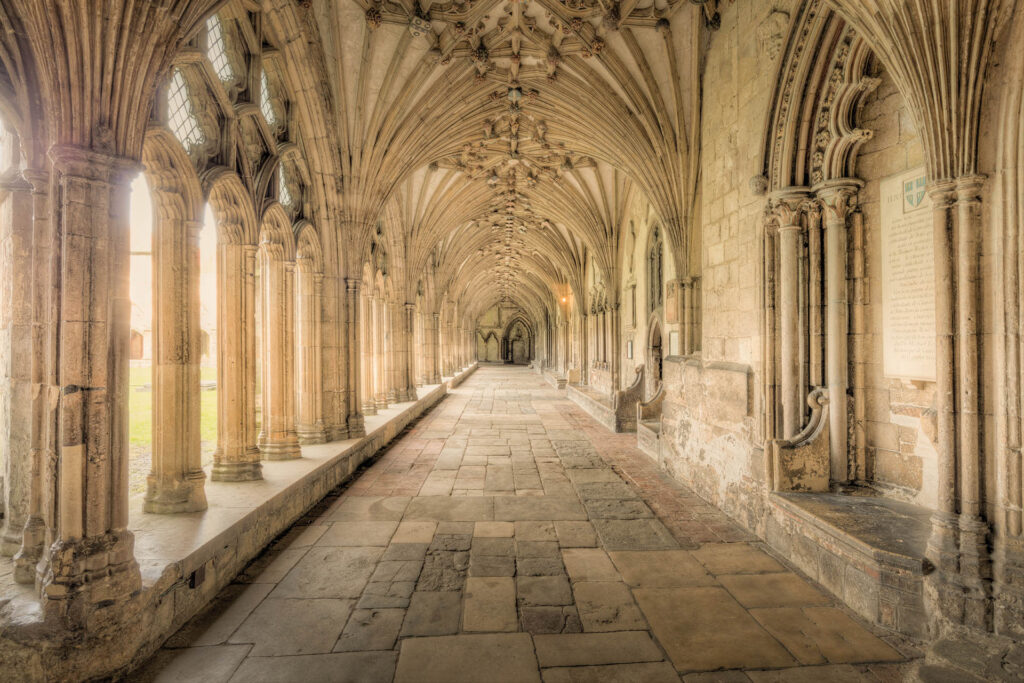THE ART OF BUILDING RESTORATION: PRESERVING ARCHITECTURAL HERITAGE
Introduction
Preserving architectural heritage is not just a matter of maintaining old buildings; it’s an art form in itself. The act of restoring historic structures is a delicate and complex process that requires a deep understanding of history, architecture, and craftsmanship. Building restoration aims to maintain the authenticity and cultural significance of these structures while ensuring their longevity for future generations.
Understanding Architectural Heritage
Architectural heritage refers to the collective body of historically and culturally significant buildings, structures, and landmarks. These pieces of heritage provide a glimpse into the past, revealing the architectural styles, construction techniques, and societal values of bygone eras. They hold stories that are intertwined with the fabric of our history, making them invaluable.
Challenges in Preserving Architectural Heritage
- Deterioration: Over time, buildings suffer from natural wear and tear, weathering, and structural degradation. Preservationists must address these issues to prevent further deterioration.
- Changing Use: The intended use of heritage buildings may have evolved over the years. Balancing modern functionality with historical significance is a significant challenge.
- Budget Constraints: Restoration can be expensive. Securing funding for preservation projects is often a hurdle, and many heritage structures languish in disrepair due to a lack of financial resources.
The Restoration Process
- Historical Research: The restoration process begins with extensive historical research. Architects, historians, and preservationists work together to understand the building’s original design and its historical context.

- Assessment: A thorough assessment of the building’s current condition is crucial. This includes evaluating the structural integrity, identifying areas of deterioration, and understanding the materials used.
- Documentation: Detailed documentation through photographs, drawings, and written records helps create a comprehensive record of the building’s state before restoration.
- Conservation Philosophy: Preservationists adhere to a conservation philosophy, which dictates the approach to restoration. It may be either ‘reversible’ or ‘recreative,’ depending on the significance and condition of the building.
- Materials and Craftsmanship: Selecting appropriate materials is essential. Restoration experts often employ traditional craftsmanship and techniques to maintain authenticity.
- Adaptive Reuse: When the original use is no longer feasible, adaptive reuse offers a sustainable solution. It repurposes the building while preserving its historic character.
Key Principles in Building Restoration
- Authenticity: Maintaining the integrity of the original design, materials, and craftsmanship is paramount.
- Reversibility: Whenever possible, restoration work should be reversible to allow for future adjustments or advances in conservation methods.
- Minimal Intervention: A light touch is often the best approach. Minimize interventions to preserve the building’s original features.

- Conservation Over Restoration: The emphasis should be on conserving the existing structure rather than complete restoration, especially if this risks losing historical layers.
Benefits of Building Restoration
- Cultural Continuity: Restoration ensures that future generations can connect with their cultural and historical roots.
- Economic and Touristic Value: Well-preserved heritage buildings can stimulate tourism and boost local economies.
- Environmental Sustainability: Restoration often aligns with sustainable practices by reusing existing materials and reducing the need for new construction.
Conclusion
The art of building restoration is a labor of love, involving meticulous research, craftsmanship, and a deep commitment to preserving our architectural heritage. It is not just about bricks and mortar but about retaining the stories, values, and culture embedded in these structures. By following the principles of authenticity, reversibility, and minimal intervention, we can ensure that architectural heritage continues to thrive, bridging the gap between the past and the future. Building restoration is not just an act of preservation; it’s a testament to our respect for history and our responsibility to pass it on to generations yet to come.


